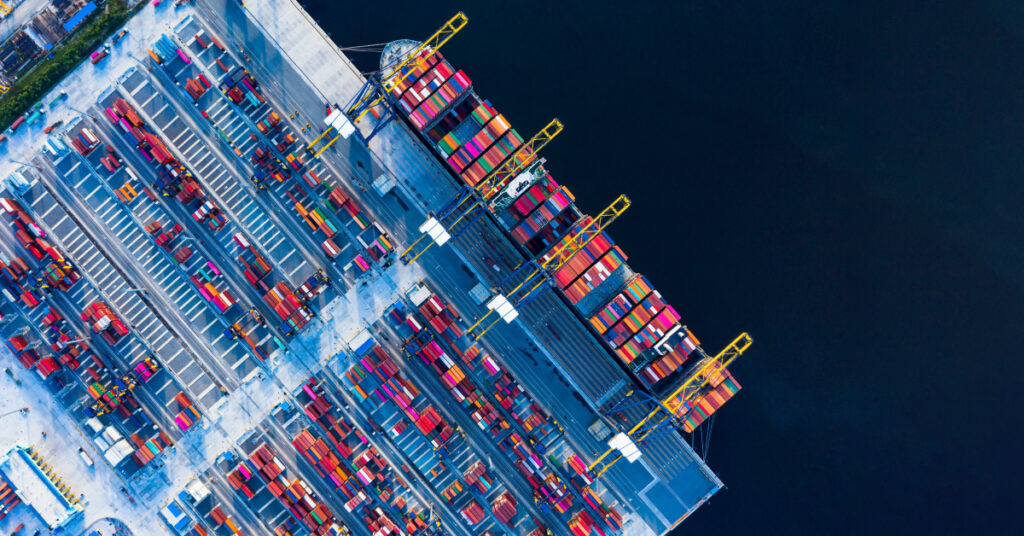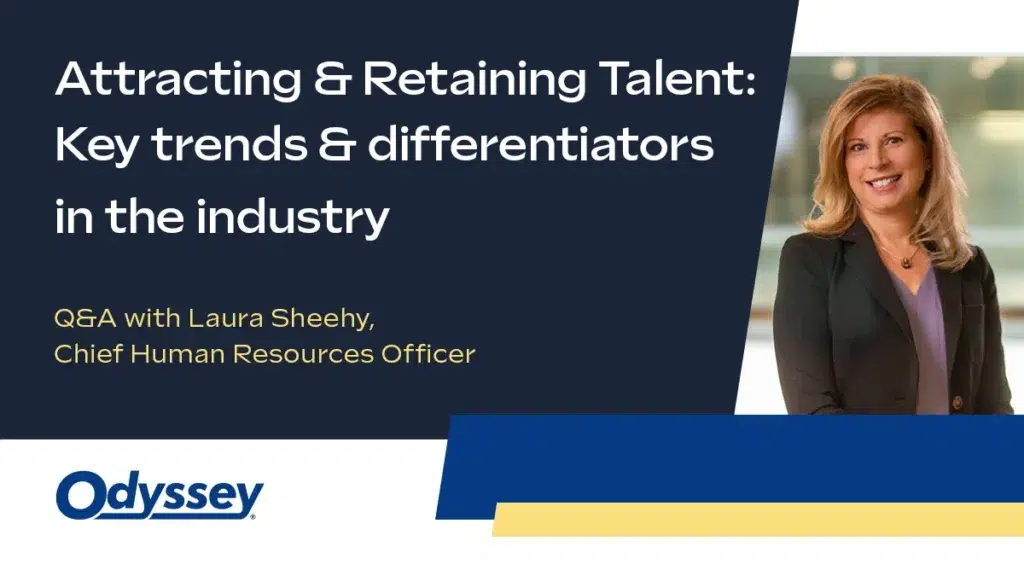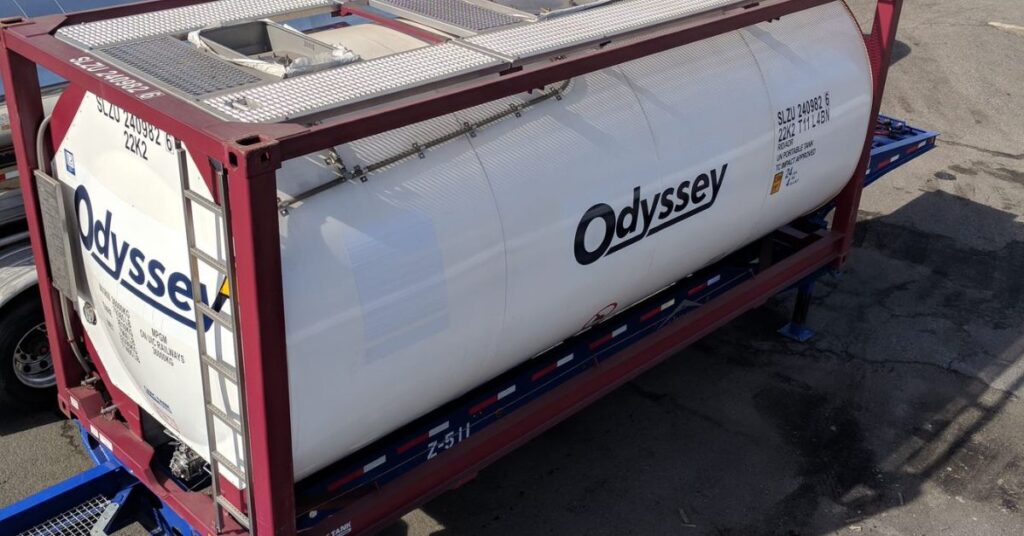With more companies stocking up “just in case,” the demand for global transportation, warehousing, and storage capacity is at the highest it’s been all year.
As more companies pivot their “just in time” inventory management and distribution models back to more traditional “just in case” approaches, the shift is having a profound impact on transportation networks.
Left shaken by the sudden (and unexpected) global pandemic and the toll it took on global supply chains, nearly all transportation modes are facing capacity shortages and other logistics challenges that are trickling down to the individual shippers.
“Freight forwarders say that container shortages at Asian ports are so severe that carriers with premium trans-Pacific services are sometimes unable to guarantee customers’ equipment will be available at the Asian load ports they serve,” Bill Mongelluzzo writes in JOC.
“The container shortages are so acute, particularly at the Chinese ports of Xiamen, Ningbo, and Shanghai, that some vessels are leaving Asia without full loads because there is not enough equipment to be found,” he continues. “U.S. imports from China moving through the ports of Los Angeles and Long Beach have been exceptionally strong since late June when the economy began to reopen from initial COVID-19 lockdowns.”
Just in Time Vs. Just in Case
An inventory strategy that finds companies keeping large inventories on hand, just in case (JIC) helps minimize the probability that a product will be out of stock. While it can result in higher inventory holding costs, JIC gives companies a level of assurance that the goods will be on the shelves when their customers need them. It’s also the polar opposite of just in time (JIT), whereby companies stock minimal quantities of product in order to increase efficiency and decrease waste.
Stung by the impacts of the global pandemic and ready to start future-proofing their supply chains, more companies are going back to JIC stocking approaches. This is impacting transportation networks, most notably those that move goods out of Asia. Already strained by the high volume of high-value cargo moving by airfreight, and PPE being transported by premium ocean freight, capacities are under pressure as we move into the holiday season.
The challenges don’t end there. Domestically, warehouse space is at full capacity—a dearth that’s creating a delay in the unloading of incoming containers. With nowhere for these shipments to go once they hit land, they’re just languishing in containers at port, waiting for someone to unload and distribute them. The issue also impacts intermodal, which is also seeing delays due to the high influx of incoming cargo. Additionally, all Class 1 railroads are still pushing forward with Precision Railroading efficiencies and cutting costs. This has resulted in shortages of crews and layoffs at the corporate level. Almost all have implemented mandatory furloughs, further affecting the labor pool in railyards across the country.
Demand Surge & Warehousing
While on-line retail sales are surging, warehouse inventories are turning over faster than ever. Those manufacturers who have historically maintained proximity inventories in warehouses around the country, are currently struggling to refill those warehouses while supporting a surge in demand for everything from paper boxes to alcoholic beverages. Whenever possible, most producers are looking to stage as much as they can in a warehouse as stop gap against further disruption in the supply chain due to COVID-19. It remains to be seen if the plan to build those inventories can mesh with capacity at the manufacturing level while they fill the surge in demand for their products.
Navigating a Perfect Storm
As carriers put new strategies in place to help ease some or all of the congestion and capacity constraints (e.g., reducing the number of “free days” of detention offered), the moves have yet to have much impact on improving the immediate problem.
In fact, in Lloyd’s Loading List, Mike King says global cargo owners and supply chains, particularly in the U.S., are facing “a perfect storm to end all storms,” with surging demand and changing supply models meeting major air and ocean freight capacity constraints. Combined with multiple other issues including shortages of available shipping containers, drivers, delivery vehicles, and truck chassis, the situation is putting new pressure on the world’s supply chains.
The problem initiated with ocean freight, but has since radiated out to all transportation modes. With shipping volume expected to be high right up to the Chinese New Year (February 12, 2021), the problem isn’t expected to wane anytime soon. And with shippers loading up on inventory in anticipation of the next supply chain disruption, the problem could even worsen as we get deeper into 2021.
The shift to more e-commerce had pushed retailers to increase their storage and distribution capacity, with companies hiring seasonal workers earlier this year than normal. “Warehousing is a peak commodity these days, especially in southern California,” National Retail Federation’s Jonathan Gold told Lloyd’s Loading List. “Warehouses are pretty much full.”
To shippers that are attempting to ride out this current “perfect storm” and secure their transportation capacity for 2021, Odyssey recommends the following actions, to the extent possible, to aid with the current capacity challenges:
- Solidify week to week projections for Transpacific Eastbound cargo leading up and including Lunar New Year, which begins February 12, 2021 this year.
- Work with customers and Odyssey planning team to supply the greatest lead time possible to ensure the team has the greatest flexibility in securing contractual coverage
- Share with Odyssey team information pertaining to campaigns to ensure Procurement and Operations teams are working in concert to secure contracted coverage where possible
- With the holiday season in full swing, Odyssey requests that clients work closely with both teams (Procurement/Operations) to ensure alignment on existing and any new orders that may need to ship around Thanksgiving and Christmas
- Where lane density supports the arrangement and customer requirements allow, explore dedicated options in coordination with Odyssey Procurement
- Another option is a mini-bid, where carriers and shippers negotiate shorter term rates for a 90-day period. This manages a two-fold risk of balancing near-term capacity availability without locking in longer-term higher rates (should the overall, contracted freight cost decrease)
- While there is overall capacity tightening, particular impact has been observed to shipments requiring hazardous materials and tanker endorsements. These attributes necessitate additional time in securing coverage and result in premium cost implications
- Odyssey highly recommends a review of our past shipper of choice recommendations, as these efforts will be critical moving into the remainder of 2020 and into 2021 landscape








